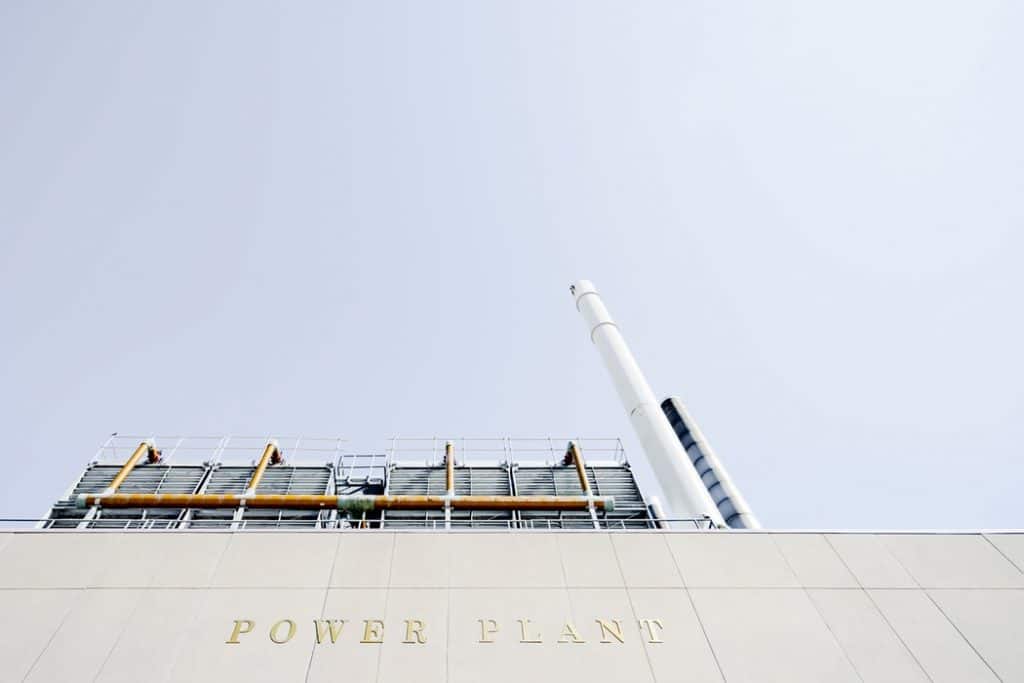
2019 Energy Trends and Predictions: Changes in Supply and Demand
Ups and downs in energy are a function of supply and demand. Yearly energy market  trends, as well as longer-term development trends in this sector, reflect both the abundance of product and the impetus for consumption. Global energy contractors and predictors of energy trends see some specific changes in supply and demand that they are factoring into their 2019 energy trend predictions. This publication reviews some of them.
trends, as well as longer-term development trends in this sector, reflect both the abundance of product and the impetus for consumption. Global energy contractors and predictors of energy trends see some specific changes in supply and demand that they are factoring into their 2019 energy trend predictions. This publication reviews some of them.
Predictions of Energy Supply Trends in 2019: Record High Oil Prices
OPEC+ has cut its production rates for 2019 to reduce the global supply of crude oil. Saudi Arabia’s reductions in particular far exceed those of other member countries like Iraq. Barring a feared but increasingly likely global economic slowdown, Robert Rapier in a recent Forbes.com article predicts near-breakout prices on barrels of crude oil, presently projected to “anchor” at an average $70/barrel for the year.
This figure is significantly less than predictions of $100/barrel from energy economists due to the current trend. Because it assumes price protection from hurricanes and other extreme weather events that could further bolster prices. The trending increase will affect transportation and heating, as well as other everyday petroleum-based items like plastic bottles and ballpoint pens. Higher gas prices also loom this summer; Rapier predicts an average of $2.81 at the pump.
Supply: Record US Oil Production
At the same time, the US now ranks first among the world’s leading producers of crude oil. This includes being ahead of both Saudi Arabia and Russia, according to the US Energy Information Administration. Projections, due to the current trend in the energy sector, put domestic production in 2019 at 11.8 million barrels. This is up over 100 percent from just one decade ago. In an interview broadcast on Industry Focus: Energy, three Motley Fool analysts noted that US oil market domination is driving massive industrial investments in oil and gas production and refining in areas like the Gulf Coast. American shale oil production stars in this energy production trend.
Demand: Sustainable Sourcing for Community-based Systems
The current energy trend toward reducing carbon footprint and addressing climate change now competes with consumer and industrial energy demands to shape both public policy and industrial practice. While the US is technically party to the Paris Climate Agreement until 2020, federal policy since the administration formally withdrew in 2017 demonstrates a focus on deregulation as opposed to greenhouse gases in the energy sector. In the absence of federal stewardship, Citylab reports that some cities like New York City and states like California have set their own green goals.
Concurrently, consumer demand for cleaner and sustainable energy sources continues to rise. Local communities now represent a market force helping to propel industrial research and development in renewable energy. This energy trend will help to fuel more growth in the sustainable sector. It will achieve this by driving administrative decisions on energy vendors and infrastructure projects at the local and state levels. Communities are (re)forming energy systems to more efficiently serve the needs of smaller, more interconnected areas. These choices reverberate up the supply chain to impact how local energy plants generate and deliver their products to those consumers.
Demand: Cloud-based Technology
Policy and practice at lower levels of government increasingly reflect a shift in focus toward non-petroleum-based energy sources. This is in spite of the forty-year high in domestic oil production. Moreover, higher oil prices in 2019 will no doubt intensify public discourse around clean energy. Fortunately, cloud-based information networks and building information models can now connect all the stakeholders in these community energy systems. Public administrators, contractors, entrepreneurs, and citizens alike can see the system comprehensively. Also, they can better understand their respective roles, and contribute to decision-making processes.
Clearly, the predictions for energy trends for 2019 offer some differing views when looking at record oil production vs. renewable energy advancements. However, energy production companies should still seek to operate as efficiently as possible regardless of the method. At Petrotech, our control system solutions for reciprocating turbomachinery and compressor applications can help companies do just that. For more information about our line of control systems, explore our literature library.

